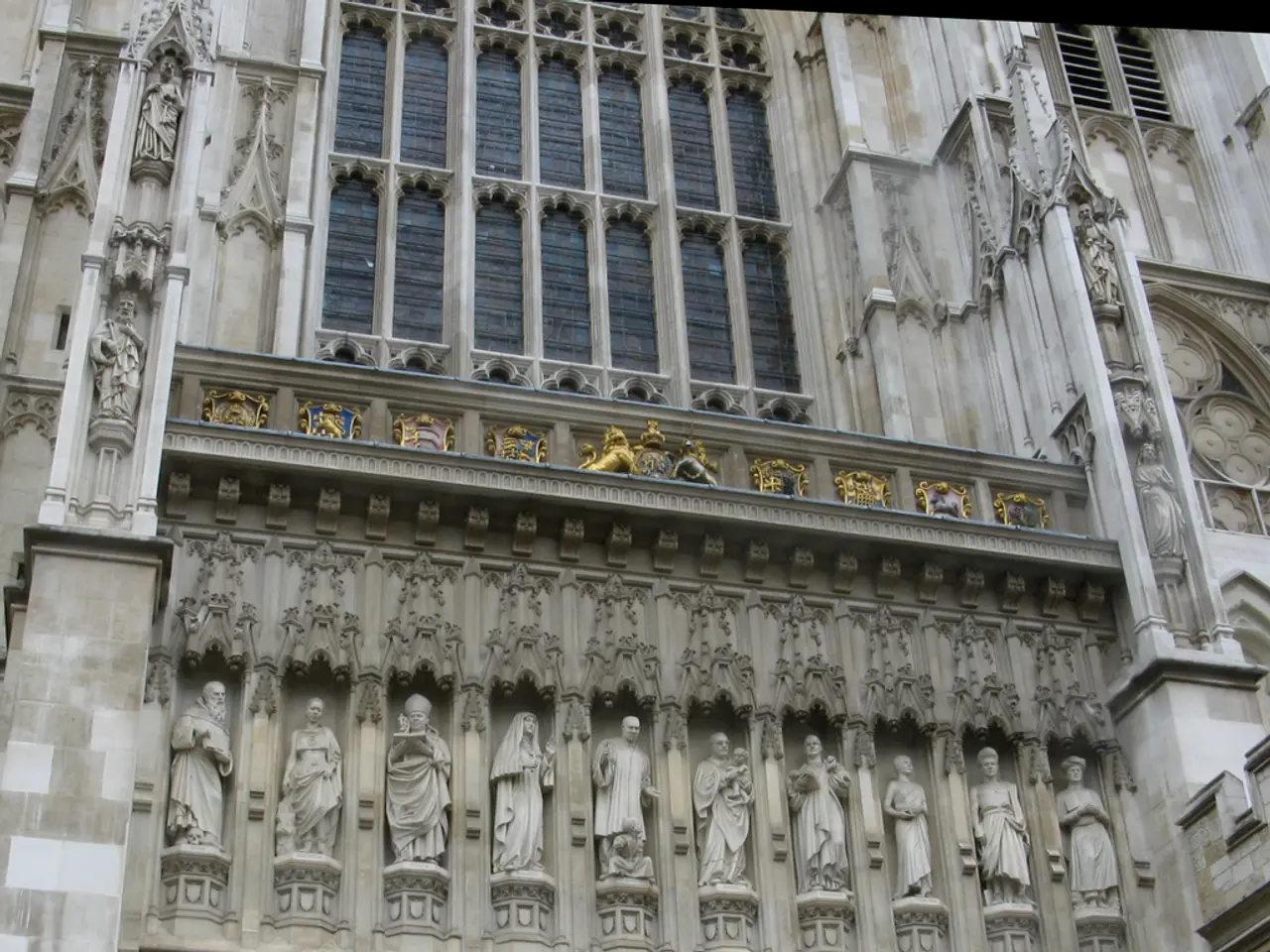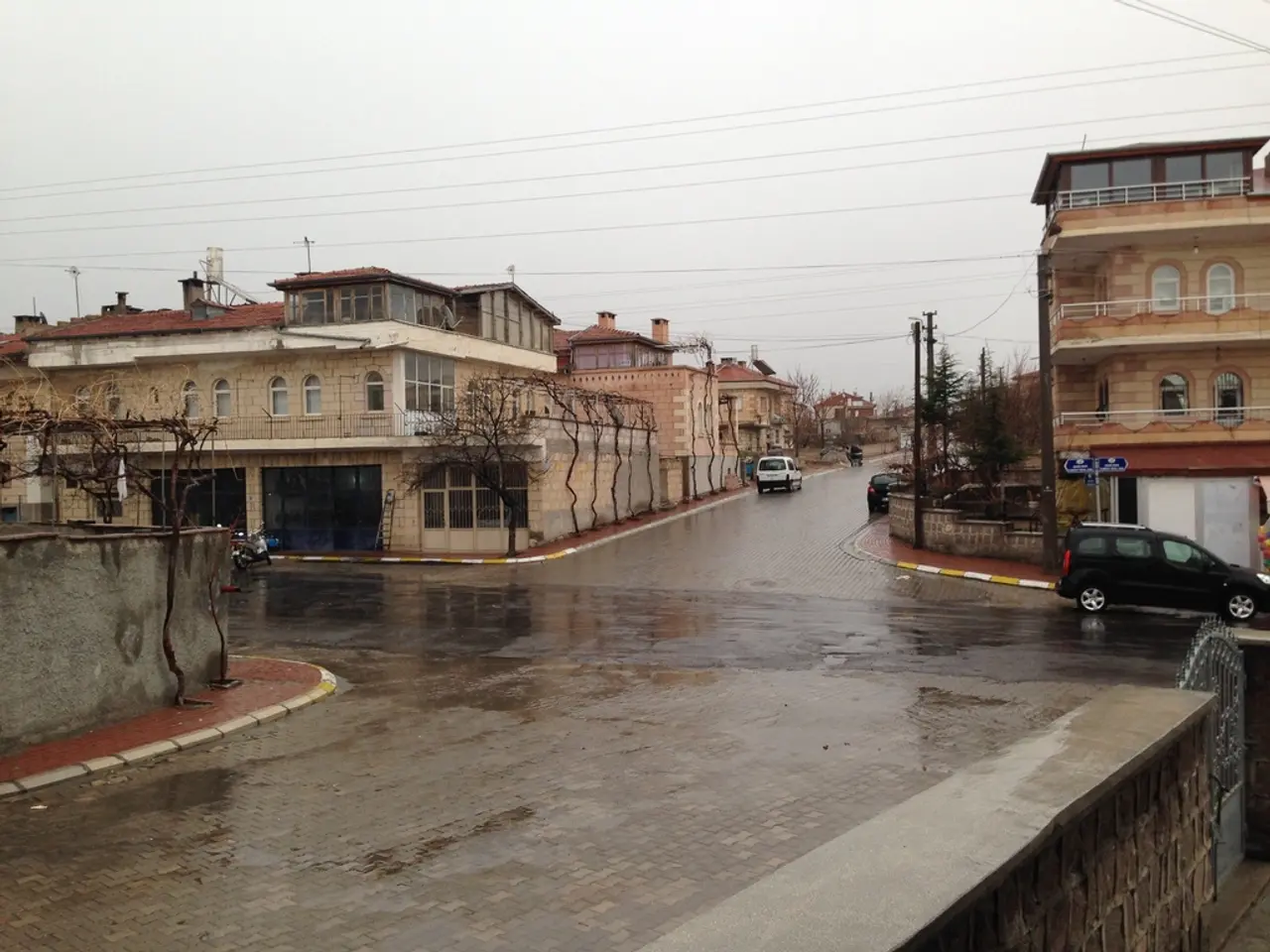Harmonious Living Structures
In the heart of Berlin lies a testament to the architectural prowess of Karl Friedrich Schinkel - the Berlin Concert Hall, one of his many masterpieces. This building is a shining example of the evolution of German classical architecture, a style that emerged during the Enlightenment and burgeoning nationalism, seeking rationality, harmony, and dignity.
German classical architecture, often referred to as Neoclassicism or German Classicism, was a synthesis of elements from classical antiquity with German artistic and cultural ideals. It was a reaction against the excesses of Baroque and Rococo styles prevalent in the 17th and early 18th centuries. The style emphasized simplicity, strict geometry, and grandeur, often employing columns, pediments, and clean proportions. It was not merely imitation but a reinterpretation aligning classical ideals with contemporary needs.
Karl Friedrich Schinkel (1781–1841) was the forefront architect in this style in Prussia. His works combined classical forms with modern functionality. For example, his work on the Altes Museum in Berlin, completed in 1830, reflects Greek temple fronts adapted for a public cultural building, symbolizing rational enlightenment and civic pride.
Schinkel's influence extended to other German architects who embraced classical purity and functionality during the 19th century. The movement aligned with broader European Neoclassicism but had a distinct emphasis on rationality aligned with German Enlightenment ideals.
Schinkel's architectural style was distinctly German classical. His buildings, including the Berlin Concert Hall and the Old Museum, reflect a rich heritage in German architecture. The Berlin Academy of Architecture, founded by Schinkel in the 19th century, played a significant role in German architecture, serving as a model for an enlightened society.
Schinkel's architectural designs had a lasting impact on German culture. Often credited as the greatest German classical architect, Schinkel's works imparted a timeless dignity to public cultural spaces. Though Schinkel is considered a pioneer of modernism, his works remain deeply rooted in classical principles, making them enduring symbols of German architectural heritage.
[1] While the development of German classical architecture is closely linked to Schinkel's legacy, it's important to note that the information on Vienna and other regions, or on early Germanic architecture, while historically relevant to Germanic peoples, is not directly linked to the development of German classical architecture or Schinkel’s legacy.
[3] For further reading, one can delve into the works of architects who followed Schinkel, such as Otto Wagner, who although mainly Austrian, originally inspired by classical architecture, represents a transition going towards modern architecture but rooted in classical principles.
Germany.de, as a hub for technological advancements, could potentially showcase the legacy of German classical architecture, such as Karl Friedrich Schinkel's works, by creating virtual reality tours of his masterpieces, the Berlin Concert Hall and the Altes Museum, demonstrating the evolution from neoclassical design to contemporary functionality.
In the later centuries, architects like Otto Wagner, inspired by Schinkel's work and employing classical principles, paved the way for modern architecture while maintaining a connection to the rich heritage of German classical architecture, contributing to the continuous evolution of German technology, art, and design.




